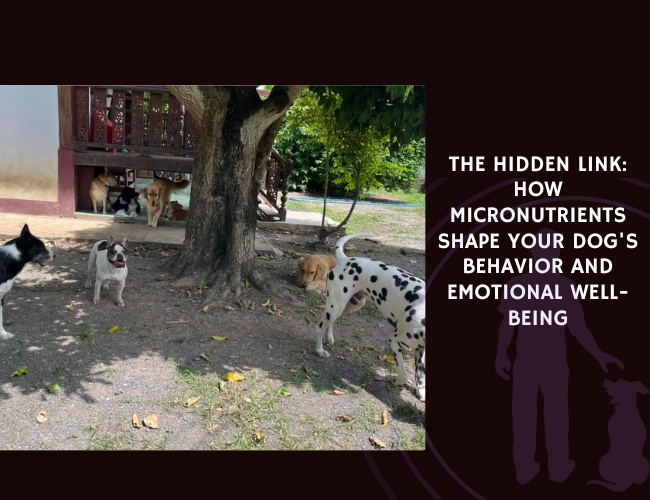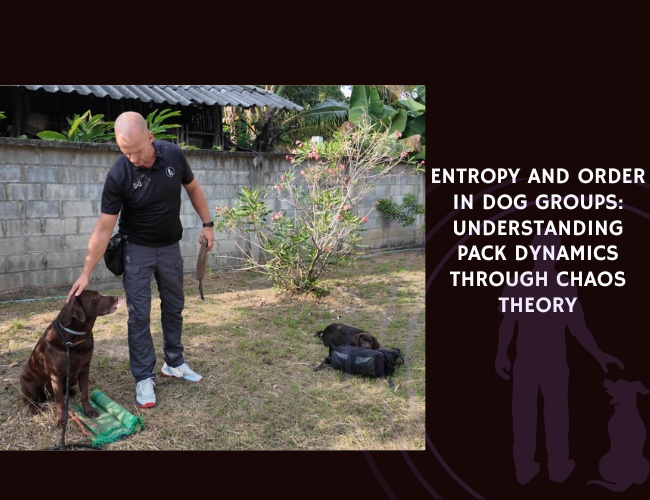Dogs possess a highly flexible communication system that allows them to interact effectively with members of their own species and with humans. According to Siniscalchi et al. (2018), communication in dogs encompasses a wide repertoire of signals that can shift meaning depending on the context and the recipient.
Visual communication includes tail position, ear movement, gaze direction, and body posture, which dogs adapt depending on whether they are addressing another dog or a human. Tactile signals, such as nudging or pawing, play roles in bonding and soliciting attention, while auditory communication relies on barking, whining, and growling to convey emotional states or intentions. Olfactory cues, including scent marking and body odors, remain fundamental for social recognition and territory signaling.
The review also discusses lateralized brain patterns, showing that dogs process social signals in ways that reflect specialized hemispheric functions. For example, dogs may display left- or right-biased behaviors depending on whether they encounter familiar individuals, emotional stimuli, or novel situations, providing insights into the neurological basis of canine communication.
Overall, this synthesis demonstrates that dog–dog and dog–human communication are deeply interconnected. Many signals originally evolved for conspecific interaction have been adapted for interspecies communication, strengthening the unique bond between dogs and humans.
Source: Siniscalchi, M., d’Ingeo, S., Minunno, M., & Quaranta, A. (2018). Communication in Dogs. Animals, 8. References: 112. Citations: 88.










